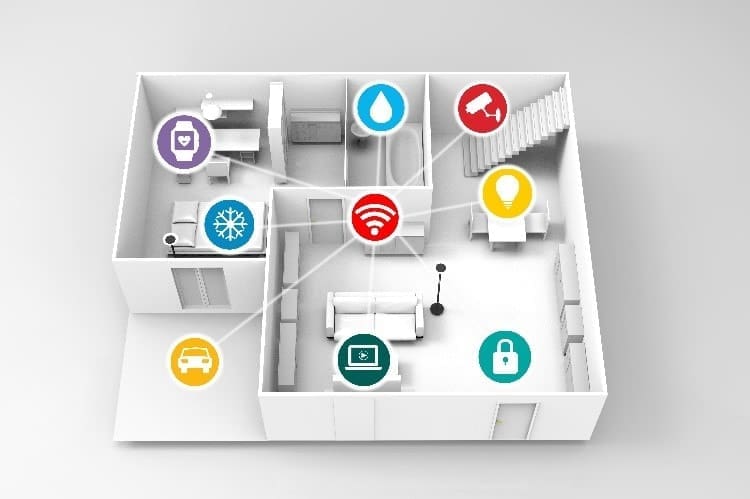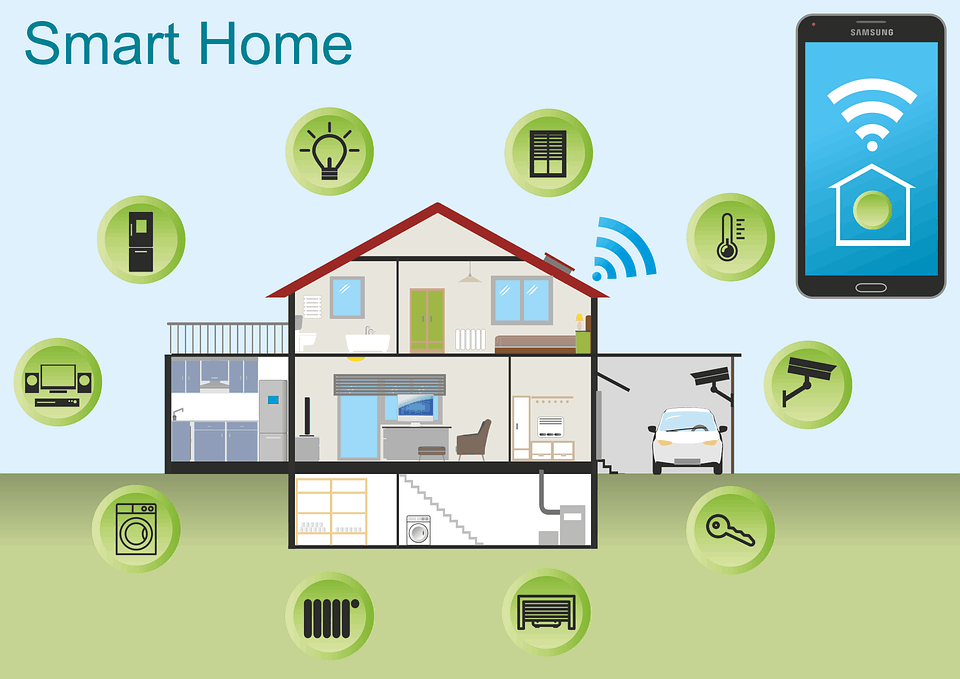If you’re like lots of guys around the country these days, you’ve invested in a variety of internet-enabled devices for your place. You might have purchased smart gadgets to control sound systems, lighting, security cameras, locks, kitchen appliances and more. These kinds of smart home products are fun and engaging and can be useful, too.
However, have you taken much time to think about the potential security risks that come with all these devices? Unfortunately hackers realize how many people are buying smart gear, so they are turning their attention to ways of utilizing this to make money, whether by breaking into homes physically or remotely.
There are many things you can do to keep your possessions, information and family safe from harm. Read on for some tips you should be following in your smart home.
Secure the Wi-Fi
If you haven’t already password protected your Wi-Fi, do it ASAP. Since smart home products use the internet constantly to function, they are vulnerable to attack via Wi-Fi. Hackers know that not everyone secures wireless internet though, and they often use a router as a gateway for entry.
Protect your Wi-Fi with a good password and username, which cybercriminals won’t be able to guess. This code should be made up of a mixture of characters (including numbers, upper- and lower-case letters and symbols), and at least 12 characters in length. Don’t base your password on any information about yourself or your family that hackers could see in the public sphere, such as on social media sites.
Don’t Leave Devices With the pre-Installed Usernames and Passwords on Them
After you’ve first bought smart home products, it’s necessary to update their default settings. Manufacturers put standard usernames and passwords on their devices, and these details are usually the same across every product created by the brand. This information is public knowledge (it’s shared in user guides, on company websites, on tech forums and the like) and therefore easy for hackers to find.
The problem with this is that if you don’t update the username and password, cybercriminals can scan devices in your area or break in to your network remotely (e.g. via an app) and see that a certain brand name shows up. Once they see this, they’ll know you haven’t updated the username and therefore are more likely to have left the password as the default, too. This will make your smart home more of a target for hackers.
 Utilize Security Software
Utilize Security Software
Another tip to protect your home is to utilize security software. Choose quality maximum security antivirus and antispam, antispyware and antimalware products to keep hackers at bay when they try to access your devices. You may want to opt for a whole security network option, so you receive instant threat notifications if someone tries to hack into your systems.
Update Software and Firmware Often
Remember to keep all software and firmware on your smart home devices, as well as on the computers and smartphones you use to control them, up to date. Over time, security gaps pop up, which manufacturers try to find and address. Once they’ve fixed issues, they release new versions of their products. If you don’t run updates, you will be using devices with a greater risk of hacker attack.
While you can set up your systems to alert you to new updates as they become available, it’s even better to arrange automatic updates. This way you don’t have to remember to install new versions manually. Plus, make sure you check for updates as soon as you buy smart home products. You don’t know how long the device(s) may have been sitting in a warehouse or retailer’s store. If it has been a while, multiple updates could have been released over that time.
Choose More Secure Brands of Smart Home Products
Something you can do early in the smart home process is choose more secure brands. Don’t assume all products are created equal. The fact is that, generally, the brands which are popular and have been around for a long time tend to have more scrutiny on them, and thus they usually take security more seriously. This means they are likely to think about security precautions when in development, and then manufacturing, their products. In addition, the firms with more of a reputation to uphold often do more regular upgrades of their products to plug security gaps.
Image credits: Image credits




